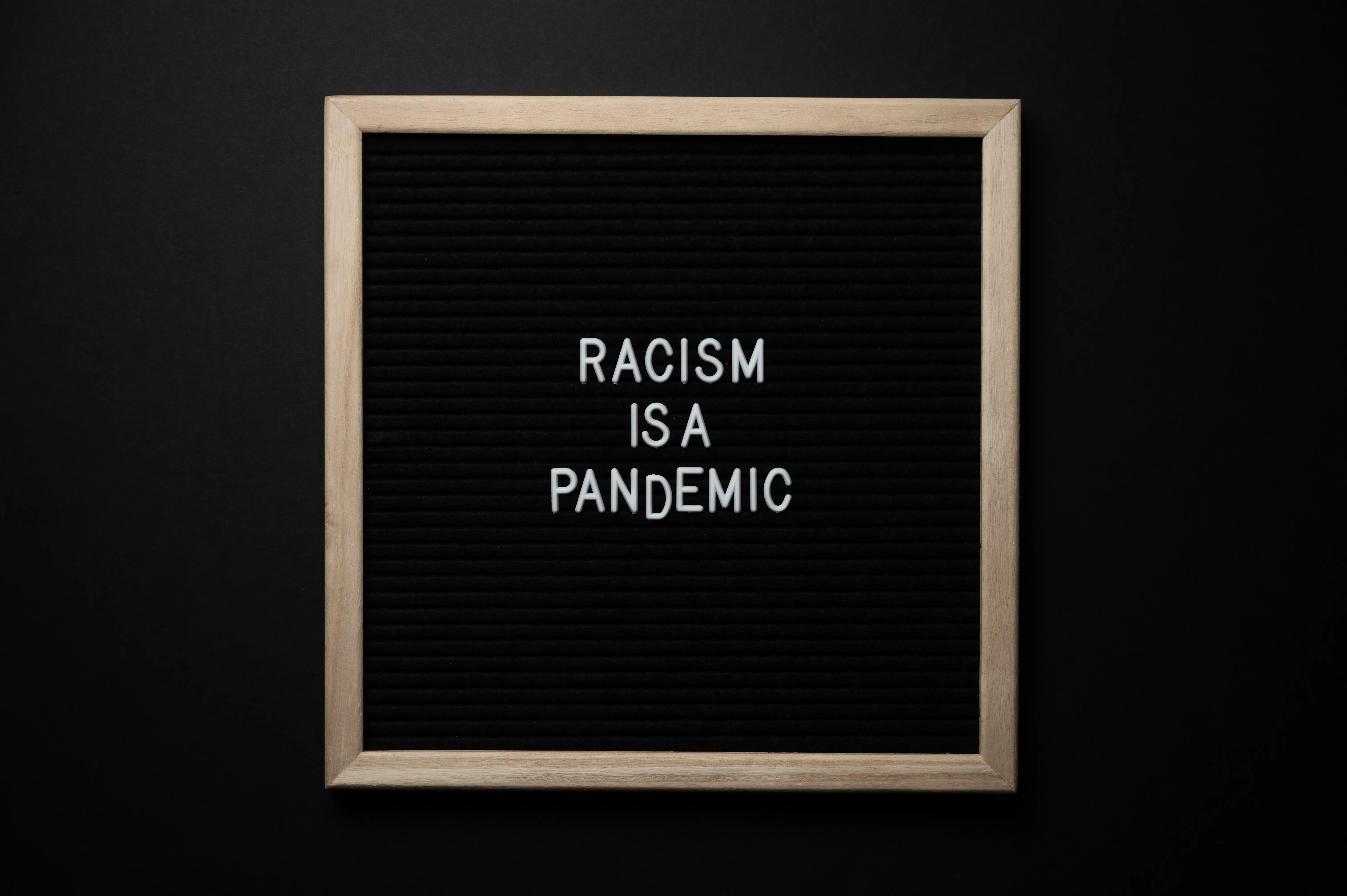- What is the author’s main idea?
The main idea of this article is on reshaping the discussion on racism. The author intends to inform the audience that race has ceased to be a differentiation based on color in the US but social classifications (Matias et al., 2014). Whiteness and Blackness of an individual no longer categorize them as black or white individuals but their social statuses such as wealth and education.
- How does s/he develop that idea?
The author develops her idea from the rising inclusion and consideration of the black members of the community in the white estates and the respect accorded to them depending on their status. Education, wealth, and beauty have regrouped blacks by pulling them out of their African origin as had been the case to rank them alongside the typical whites (Matias et al., 2014). Also, associations with criminal activities automatically paint an individual with the black tag meaning that the discussion has been reshaped.
- What points does s/he make in support of the main idea?
The first point that she makes is the Mexica Americans who were initially considered whites are no longer white due to their decline in economic, political, and social status in the nation (Matias et al., 2014). The other point is about the visitors who came from other nations and bought suits and courts automatically became whites. Also, she raises her case of where her academic status overrode the racial distinction to place her as a white.
- What does s/he conclude?
The author concludes that conceptual Whiteness and Blackness have become the new order of categorizing persons as opposed to skin color (Matias et al., 2014). Any color can be White or Black depending on what they do and their social positions in the community.
- What does the author have to assume or believe to make the argument s/he is making?
In making her argument, the author assumes that race is present in every social configuration of society (Matias et al., 2014). The author believes that race is in every person’s mind and thought as each individual aligns themselves with a class.
- What must the reader (you) know to believe and understand the author’s point?
I need to know the meaning of race and social classification. Also, I need to understand the concepts behind the racial tag and why it is a social form of discrimination to understand the theory that the author seeks to introduce and which will effectively neutralize it. Lastly, I need to understand the impact of color discrimination to embrace the criteria and definition that the author is introducing in the debate.
- What new terminology is introduced?
The terminology introduced in the article is conceptual categorization (Matias et al., 2014). The term aims at sorting individuals based on their social, political, and economic classes to introduce inclusion in society.
- What is the value of the information in the article to you as a teacher candidate and /or as a classroom teacher?
The value of the information is in how it buries racial discrimination that has been rooted in color. Racism has for a long time led to the suffering of black members of the community who have failed to get recognition irrespective of their economic, political, and social influence where they feel dominated by the whites who feel superior. It would be an effective tool for class in enlightening students on Blackness and Whiteness.
- What are some questions you have?
The question that I may raise is why use the author proposes the use of a black tag for societal malpractices and social vices. The tag may be used against the black members as some White supremacists may take advantage of it to label the members of black families to be associated with social disorder.
- How does the reading relate to your observation experience and /or previous readings?
The reading offers a solution and reprieve to my readings on racism. It tends to introduce equality by symbolizing bad deeds to the dark side of life thereby making the Whites cautious about their behavior as well. It sets African-Americans free to work harder for societal considerations.
Reference
Matias, C. E., Viesca, K. M., Garrison-Wade, D. F., Tandon, M., & Galindo, R. (2014). “What is critical whiteness doing in OUR nice field like critical race theory?” Applying CRT and CWS to understand the white imaginations of white teacher candidates. Equity & Excellence in Education, 47(3), 289-304.









